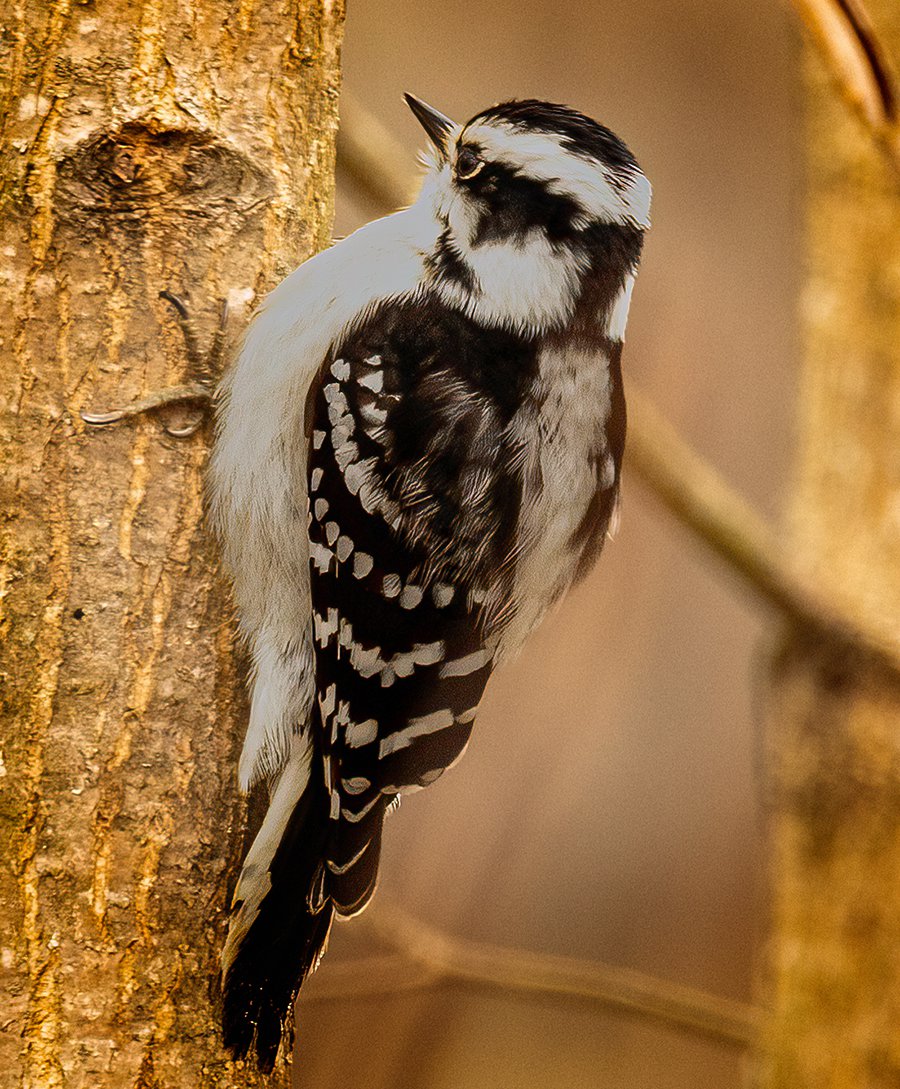Discovering Woodpeckers in Florida Habitats: Where to Find These Birds
Discovering Woodpeckers in Florida Habitats: Where to Find These Birds
Blog Article
Woodpeckers Unleashed: Checking Out the Marvels of These Knowledgeable Tree Mountain Climbers
Woodpeckers, with their unique markings and rhythmic drumming echoing through wooded locations, hold a distinct place in the bird world. Their specialized makeup and adjustments enable them to navigate vertical surface areas with unmatched ability. Their proficiency of tree climbing is just one facet of their fascinating actions. As we explore the elaborate information of woodpeckers' nesting practices, feeding strategies, and the ongoing preservation initiatives to protect these exceptional birds, a much deeper gratitude for their area in nature unfolds.
Anatomy and Adaptations
When examining the composition and adaptations of woodpeckers, one can observe impressive functions that make it possible for these birds to grow in their specialized eco-friendly specific niche. Woodpeckers are furnished with a suite of distinct anatomical characteristics that help them in their woodpecking actions. Among the most popular features is their strong, chisel-like beak, which is specialized for drilling into wood to discover bugs or produce nesting dental caries. This beak is supported by strong neck muscles and a highly developed skull framework that acts as a shock absorber, allowing woodpeckers to continuously peck at trees without triggering brain injury. Furthermore, woodpeckers have zygodactyl feet, with two toes encountering onward and 2 encountering backward, supplying a firm hold on tree trunks while they look for food or drum for communication.
In addition, woodpeckers have an unique tongue framework that is long, barbed, and sticky, allowing them to extract insects from holes in timber. This specialized adjustment enables woodpeckers to exploit a food resource that is unattainable to lots of various other bird species. Overall, the makeup and adaptations of woodpeckers display the amazing transformative solutions that have actually enabled these birds to grow in their arboreal environment.
Drumming Behavior
Having discovered the anatomy and adaptations of woodpeckers, the focus now changes to recognizing their drumming habits, an unique aspect of their interaction and territorial displays. Drumming is an essential type of interaction amongst woodpeckers, serving numerous functions such as developing areas, bring in mates, and signaling alarm. Each woodpecker types has an unique drumming pattern that assists people recognize members of their very own species and distinguish them from competitors or killers.
Woodpeckers create drumming audios by swiftly pecking on resonant surface areas such as dead trees, energy poles, and even metal objects, developing a series of rhythmic beats. The intensity and rate of drumming can differ based upon the objective; for example, a quick drumming sequence may symbolize hostility towards trespassers, while a slower and softer drumming pattern might show courtship (Woodpeckers in Florida). Additionally, woodpeckers may change the regularity and period of their drumming to convey particular messages properly
Nesting Habits
Checking out the nesting habits of woodpeckers exposes interesting understandings right into their reproductive actions and environment options. Woodpeckers are understood for their one-of-a-kind nesting choices, frequently excavating dental caries in trees to develop sheltered spaces for raising their young. These cavities serve not only as a nesting website yet additionally as a safe and secure haven from killers and stormy weather.
Woodpeckers display a high level of fidelity to their nesting websites, usually going back to the very same area time after helpful site time. This actions highlights the importance of suitable environment schedule for their reproductive success. The option of a nesting website is vital for woodpeckers, with aspects such as tree types, height, and degeneration stage playing considerable functions in their decision-making process.
Surprisingly, some woodpecker types are known to excavate numerous tooth cavities within their region, providing themselves with alternative nesting alternatives. This method may work as a type of insurance coverage against potential hazards or disruptions to their main nesting site.

Feeding Techniques
One of the most distinct feeding actions of woodpeckers is drumming, which entails rapid pecking on trees Related Site to uncover insects beneath the bark. Woodpeckers are likewise understood to excavate cavities in trees to access hidden insect larvae or sap. Some varieties, like the acorn woodpecker, store nuts in specifically produced holes called granaries.
Preservation Initiatives
In the middle of the elaborate feeding techniques exhibited by woodpeckers, the preservation initiatives targeted at protecting these remarkable birds play an essential function in preserving their environments and populations. Woodpeckers deal with numerous risks to their survival, consisting of environment straight from the source loss as a result of logging, environment change modifying their environments, and collisions with man-made structures such as buildings and automobiles - Woodpeckers in Florida. Preservationists are proactively working to resolve these challenges and make sure the long-lasting well-being of woodpecker varieties

Education and learning and public understanding campaigns are also vital components of woodpecker preservation initiatives. By increasing understanding regarding the importance of these birds in preserving healthy forest ecosystems, preservationists can garner support for habitat conservation efforts and promote liable land administration techniques. With joint efforts between researchers, policymakers, and local neighborhoods, we can collaborate to safeguard a future where woodpeckers grow in their natural habitats.
Verdict

Report this page